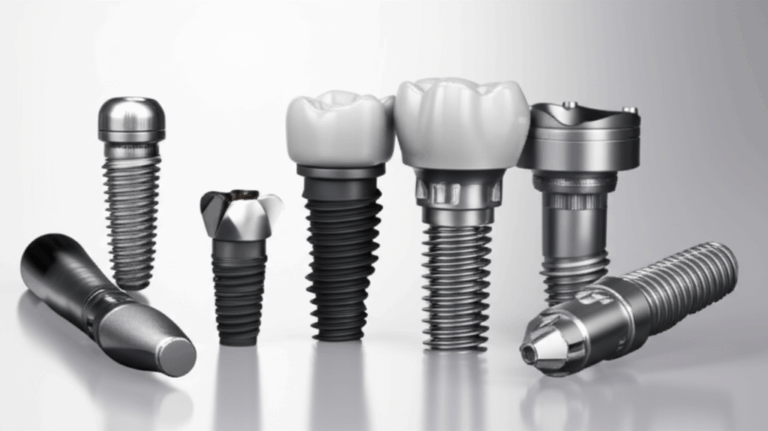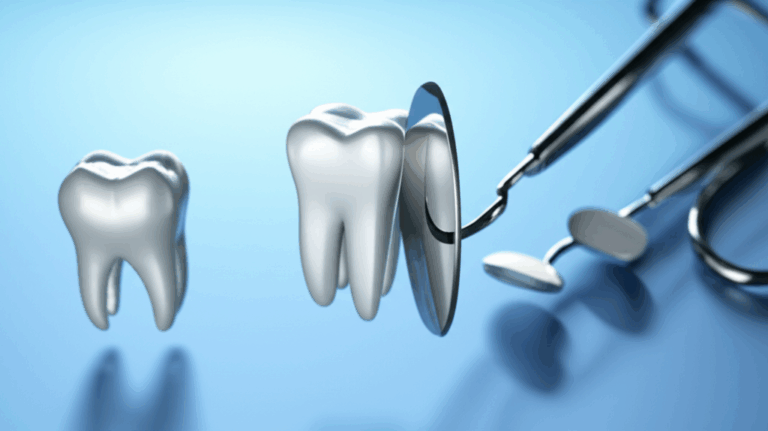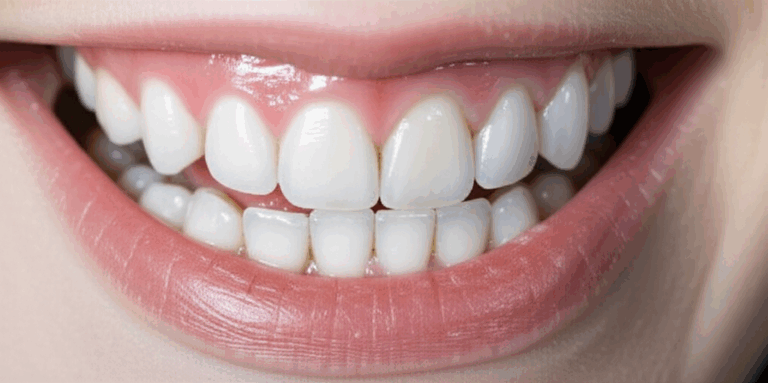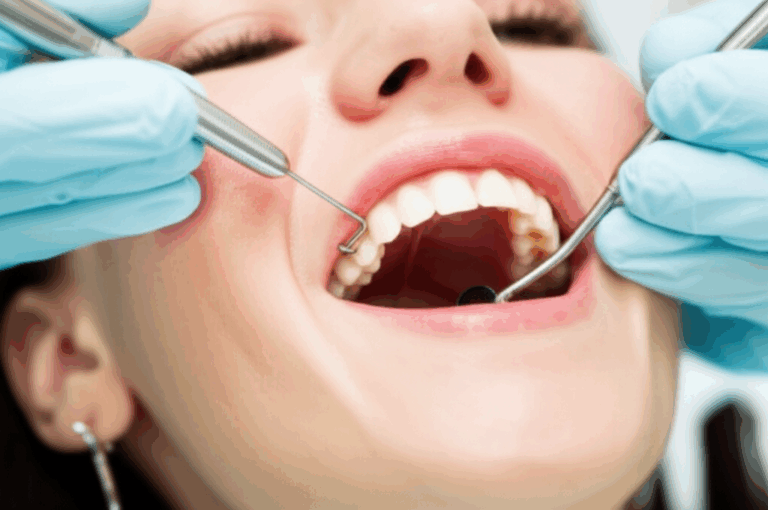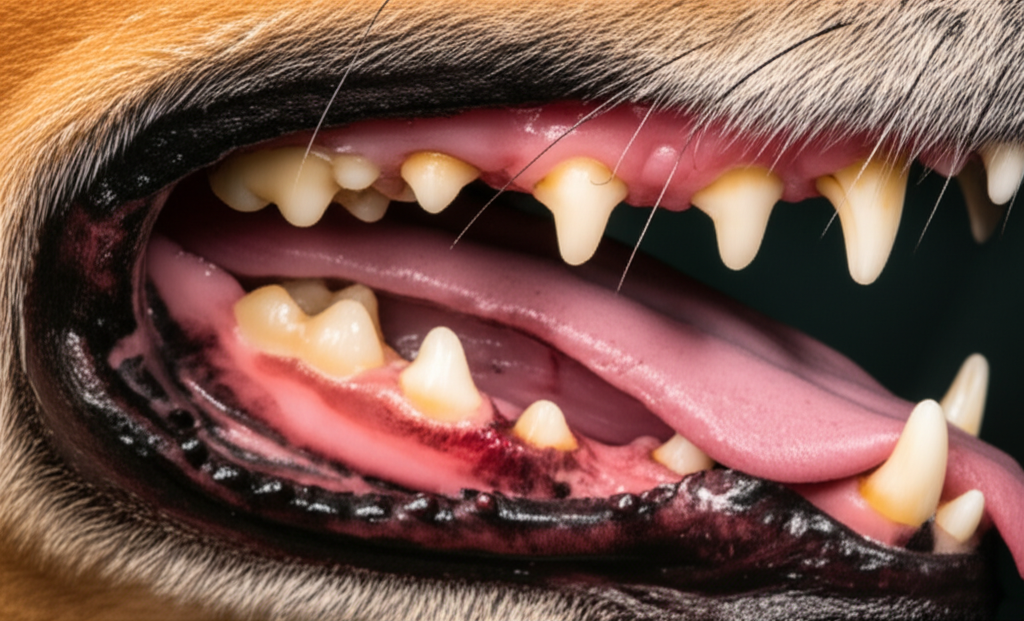
How to Tell If Your Dog Has Dental Problems: A Simple Guide for Pet Owners
Introduction: The Hidden Danger of Dog Dental Disease
If you’re like me, you probably see your dog as part of the family. I remember when my old Labrador’s breath got so bad it could empty a room. At first, I thought it was just normal “dog breath,” but soon I learned that bad dog breath usually means something is going wrong in your dog’s mouth.
Dog dental problems are really common, but most owners don’t notice them until things get pretty bad. Studies show that by the age of three, 80% of dogs already have some dental disease. I learned the hard way that ignoring the early signs of dog tooth pain can lead to much bigger problems—not just in your dog’s mouth, but in their whole body. Let me show you what to look for and what to do about it.
Table of Contents
- The Most Obvious Signs: What You Can See and Smell
- Behavioral Clues: How Dental Pain Changes Your Dog’s Behavior
- Less Obvious Signs: Things You Can’t See Right Away
- What to Do If You Think Your Dog Has Dental Problems
- Prevention: Keeping Your Dog’s Mouth Healthy
- Conclusion: Don’t Forget Your Dog’s Dental Health
The Most Obvious Signs: What You Can See and Smell
You don’t have to be a vet to notice the first signs of trouble in your dog’s mouth. Over time, I came up with a basic checklist I use every time I look at my dog’s teeth.
Bad Breath (Halitosis)
Let’s be honest—people joke about “dog breath,” but if your dog’s breath smells really nasty, that’s not normal. I learned this myself when my dog’s breath started to smell like rotten eggs. Bad breath usually means there’s too much bacteria in the mouth, or maybe even an infection. Sometimes the smell is metallic or rotten, especially if tartar has built up and bacteria are out of control.
Changes You Can See in Teeth and Gums
Here’s what you might notice:
- Plaque and Tartar Buildup: Look for yellow or brown gunk near the gums. The back teeth are often the worst.
- Red, Swollen, or Bleeding Gums: Healthy gums should be pink, not red or purple. If they bleed when you touch them, that’s a problem.
- Gums Pulling Away: Sometimes you’ll see gums moving away from the teeth, showing more root than they should. That’s a big warning sign.
- Missing or Wobbly Teeth: My neighbor’s older dog started to lose teeth one by one—a clear sign of big dental problems.
- Weird-Colored or Broken Teeth: Dark spots, cracks, chips, or brown/black teeth are never good and usually mean there’s damage.
Drooling a Lot
Most dogs don’t drool like Saint Bernards, so if you suddenly see your dog drooling more than usual, especially with bloody or smelly spit, something’s probably hurting inside the mouth.
Behavioral Clues: How Dental Pain Changes Your Dog’s Behavior
Dogs are tough. Even when they hurt, they usually keep eating and try to act normal. But sometimes they’ll change just a bit, and it’s easy to miss if you’re not paying close attention.
Trouble Eating or Chewing Differently
I’ll never forget when my dog, who usually gobbled food, started eating slowly, chewing on one side, or dropping food out of his mouth. Some dogs won’t eat hard food or even yelp when chewing. That’s your dog telling you something hurts.
Pawing at the Mouth or Rubbing Their Face
If you see your dog pawing at their mouth, rubbing their face on the furniture, or scratching at their cheeks more than normal, think about dental pain. The first time I noticed this, it looked like my dog had a persistent itch.
Acting Grumpy or Tired
Mouth pain is a real pain, and like us, dogs might get cranky or kind of sad if they hurt for a long time. My usually happy Terrier stopped wanting to play—sure enough, he had an infected tooth.
Avoiding Chew Toys
If your dog used to love chew toys or bones but now ignores them or drops them quickly, it usually means chewing hurts.
Less Obvious Signs: Things You Can’t See Right Away
Some signs of dental trouble aren’t easy to spot, but they matter just as much. Over time, I figured out I need to watch for these sneaky symptoms too.
Swelling on the Face
One time I saw a bump under my dog’s eye. Turned out it was an abscess from a bad tooth. Swelling in your dog’s face or jaw is an emergency and means you should call the vet as soon as possible.
Losing Weight
Has your dog dropped weight without eating less? Sometimes mouth pain stops them from eating as much, so they slowly lose weight.
Nose Discharge or Sneezing
Dental infections, especially in the upper teeth, can break into the nasal passages. If you see pus or blood from your dog’s nose and it’s not allergy season, a bad tooth could be the reason.
Mouth Bleeding
Sometimes you’ll see blood on a toy or after your dog eats. Even a little bit of blood matters, so pay attention if it keeps happening.
What to Do If You Think Your Dog Has Dental Problems
What do you do next? I went through this with my own dog and I know it’s tempting to try home tricks. But trust me—dog dental care is a job for the vet.
Don’t Try to Fix It Yourself
There are lots of online ideas for fixing dog dental pain at home. Most don’t work, and some are even dangerous. Never pull a tooth yourself, don’t give your dog painkillers made for people, and don’t use your own toothpaste (it’s toxic for dogs).
Take Your Dog to the Vet
If you think something’s wrong, call your vet. Most dental exams need your dog to be calm or even asleep—dogs don’t hold still for mouth exams. The vet might use X-rays to check for deeper problems.
Talk About the Next Steps
The vet might recommend:
- Professional Cleaning: Removing plaque and tartar.
- Taking Out Bad Teeth: If a tooth is really bad, it may need to go. My dog was much happier once his sore tooth was out!
- Pain Relief: The vet can give your dog safe medicine and maybe antibiotics.
Cleaning teeth at the vet, with your dog under anesthesia, sounds scary, but from my experience, it’s the best way. Leaving an infection is much riskier.
Prevention: Keeping Your Dog’s Mouth Healthy
Trust me—it’s much easier (and cheaper!) to keep dental problems away than to fix them after they start.
Simple At-Home Care
The best thing I learned was to brush my dog’s teeth every few days. My dog hated it at first, but with treats and patience, it became normal. I suggest:
- Dog Toothbrush and Toothpaste: Only use ones made for dogs.
- Dental Chews and Foods: Not all treats help. Pick ones approved by the VOHC (Veterinary Oral Health Council).
- Water Additives: These can help slow down plaque if daily brushing isn’t going well.
If you want more info, I found the teeth health resource really handy for learning how to start at-home care.
Regular Vet Dental Cleanings
Even if you brush at home, most dogs still need professional cleanings. My vet suggests once a year for my little dog and every 18 months for my bigger one. Some dog breeds, ages, and health issues mean some dogs need more checkups than others.
Conclusion: Don’t Forget Your Dog’s Dental Health
Looking back, I wish I had taken dental care for my dogs more seriously from the start. Many of their problems could have been avoided with regular checks and cleaning. What I always tell other dog owners:
- Watch for early signs: Bad breath, bleeding gums, loose teeth, eating changes, or swelling mean it’s time to act.
- Call your vet right away: Catching problems early stops pain, serious illness, and big vet bills.
- Prevention is best: Set up a simple dental routine and stick to it—it saves money and keeps your dog happy.
Remember, mouth health isn’t just about fresh breath—it’s a key part of your dog’s health and happiness. I hope what I’ve learned helps you keep your pup smiling for years to come.
More Resources:
Want to learn more? Check out these helpful guides:
Small steps now can make a big difference for your dog’s comfort and life. If you’re interested in how dental solutions are made for people, looking at a digital dental lab is pretty cool!
Here’s to happy, healthy dogs—and nice breath too!

